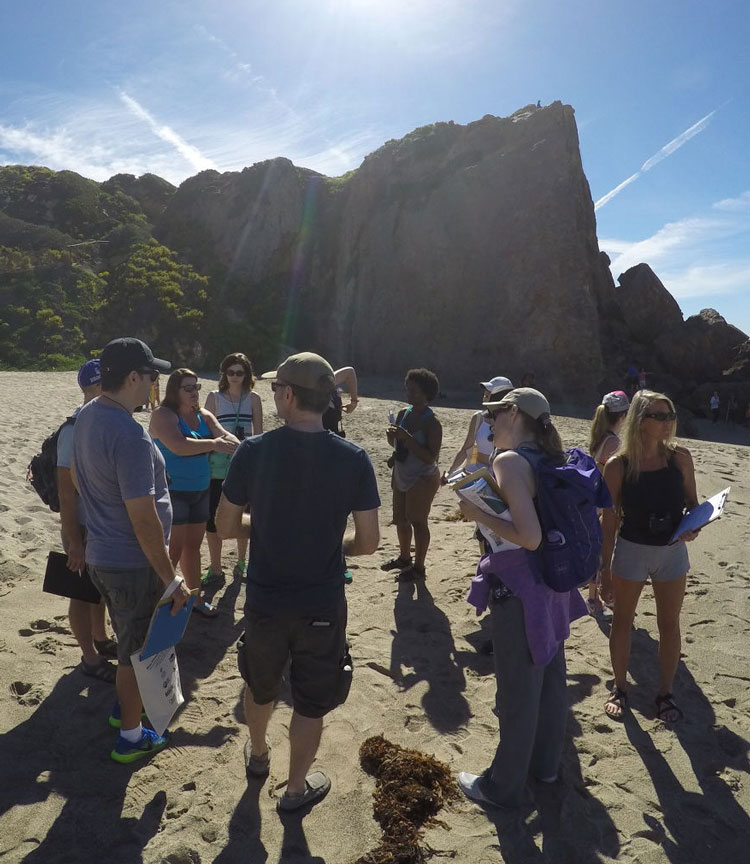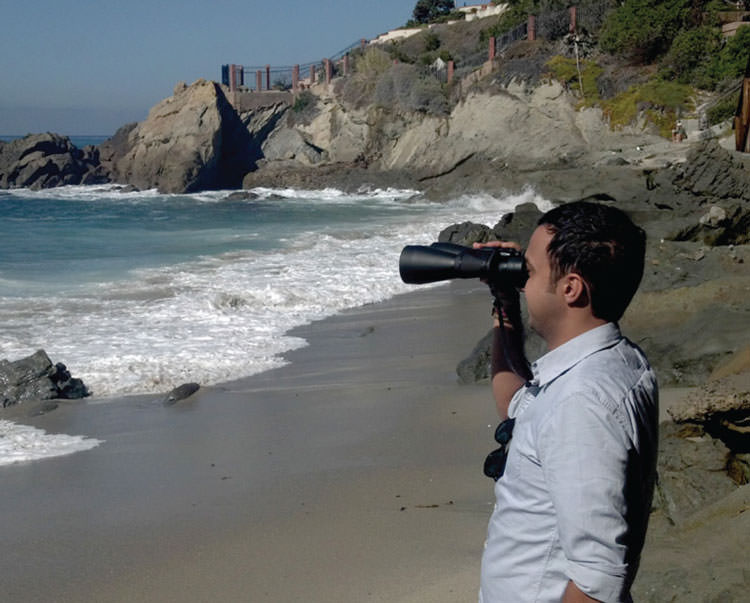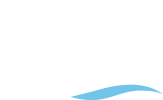SURVEYS SUBMITTED BY MPA WATCH VOLUNTEERS TO DATE
About MPA Watch
What is MPA Watch?
- MPA Watch is a community science program
- Volunteers collect scientific data on coastal and marine resource use
- Collected data helps inform MPA management and supports the California Department of Fish and Wildlife
MPA Watch trains volunteers to observe and collect unbiased data on coastal and marine resource use. Volunteers will be trained to collect valuable data on ocean users and their activities, such as surfing, kayaking, fishing, boating, running, etc. Specifically, the MPA Watch volunteers will observe and record both consumptive and non-consumptive offshore and onshore activities in and around MPAs, which will improve our understanding of how people are using these new MPAs. Data are meant to inform the management, enforcement, and science of California’s marine protected areas (MPAs) and allow us to see how human uses are changing as a result of MPA implementation. By involving local communities in this important work, MPA Watch programs inspire and empower stewardship, and educate citizens about California’s ocean ecosystems.
Not only do local volunteers learn about their coastal environment and become “community scientists” and stewards of the area, but they generate quantities of monitoring data that would not be possible under the current state budget.
Pictured: MPA Watch volunteer training session.

What is Community Science?
Community science is data collection conducted by volunteers from the general public who are interested in learning about and/or conserving the environment. You do not need any scientific background to collect data for these surveys.
How are data collected?
MPA Watch volunteers observe California’s beaches and bluffs inside and outside MPAs, recording all offshore and onshore coastal activities. Volunteers are trained to recognize different types of activities and to record their observations on data sheets. Volunteers record consumptive activities such as commercial fishing, shore fishing, and clamming, and non-consumptive activities such as swimming, SCUBA diving, and tide pooling. All data undergo rigorous quality assurance and quality control (QA/QC) protocols by coordinating organizations before being accepted and shared with users such as state coastal managers and environmental researchers.
Volunteer Peter Pham

Why is MPA Watch Data Important?
The data we collect includes both consumptive uses (e.g. recreational and commercial onshore and offshore fishing) and non-consumptive uses (e.g. surfing, beach recreation, SCUBA diving, kayaking, etc.)
These data help us to analyze trends within the boundaries of MPAs, as well as outside of the boundaries, which are used as control sites. Control sites are beneficial in comparing human use in MPAs versus at sites that are not protected.
Who Uses MPA Watch Data?
Potential users of MPA Watch data span academia, natural resource management agencies, and local communities. A key focus for the program is to inform California’s management of MPAs. In addition to data-oriented goals, MPA Watch programs aim to involve local communities in learning about marine and coastal resources, and to inspire and empower ocean stewardship.
Consumptive vs. Non-Consumptive Activities in Survey Sites; The Otter Project
- Bean Hollow — Consumptive (Average Per Survey) 4.84%
- Bean Hollow — Non-Consumptive (Average Per Survey) 36.53%
- Ano Nuevo SMCA — Consumptive (Average Per Survey) 0.19%
- Ano Nuevo SMCA — Non-Consumptive (Average Per Survey) 28.19%
- Coastal Bluffs — Consumptive (Average Per Survey) 1.14%
- Coastal Bluffs — Non-Consumptive (Average Per Survey) 18.39%
- Natural Bridges SMR — Consumptive (Average Per Survey) 0.57%
- Natural Bridges SMR — Non-Consumptive (Average Per Survey) 22.88%
Developing a Centralized Information Management System
The California Ocean Science Trust is collaborating with MPA Watch programs to enhance and expand the relevance and utility of the data collected by exploring differences, and where possible, aligning methods and protocols. Together we are developing best practices, guidelines, and protocols that can be implemented by current and future locally-organized MPA Watch programs. Such guidelines and protocols will support:
- MPA assessments and adaptive management
- Inform enforcement, compliance, and education efforts
- Build social capital through engagement of local communities in statewide MPA Watch efforts
- The resulting statewide database of human use activity can inform a variety of academic studies and other data needs beyond MPAs
While MPA Watch programs all take a similar approach to measuring human use of ocean resources, there are also differences across programs as a result of program size, total area covered, variation in regional characteristics or specific questions that are of interest to individual programs. The Statewide MPA Watch Effort helps connect all these individual programs together to ensure consistent and efficient implementation across regions.
As part of our collective efforts to promote consistency across MPA Watch programs, we obtain external advice from scientists experienced in measuring human use of natural resources and potential users of MPA Watch data such as the CDFW. Through this engagement we can identify opportunities to increase the utility of MPA Watch results and the rigor with which data are collected by volunteers.
Other Great Resources
More information about California MPAs and how to get involved.
Marine Protected Areas are scattered across the entire globe! For more information, visit the MPA Global website.
